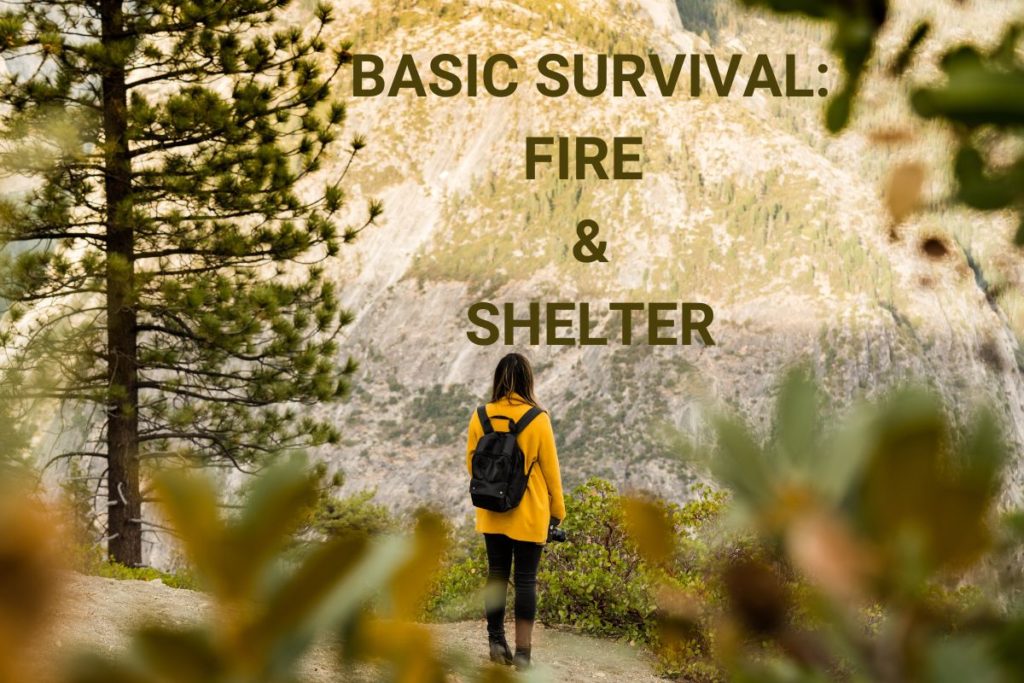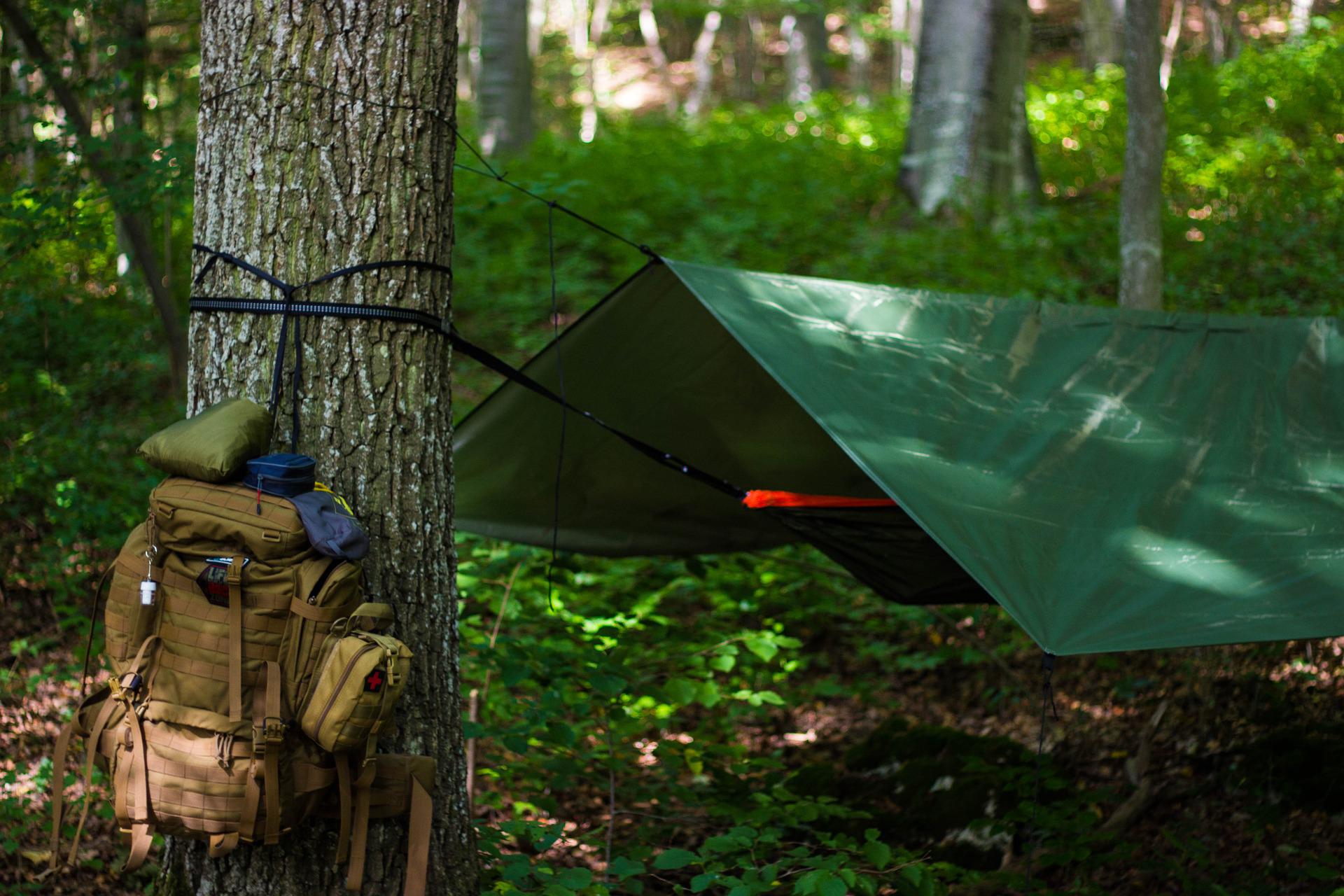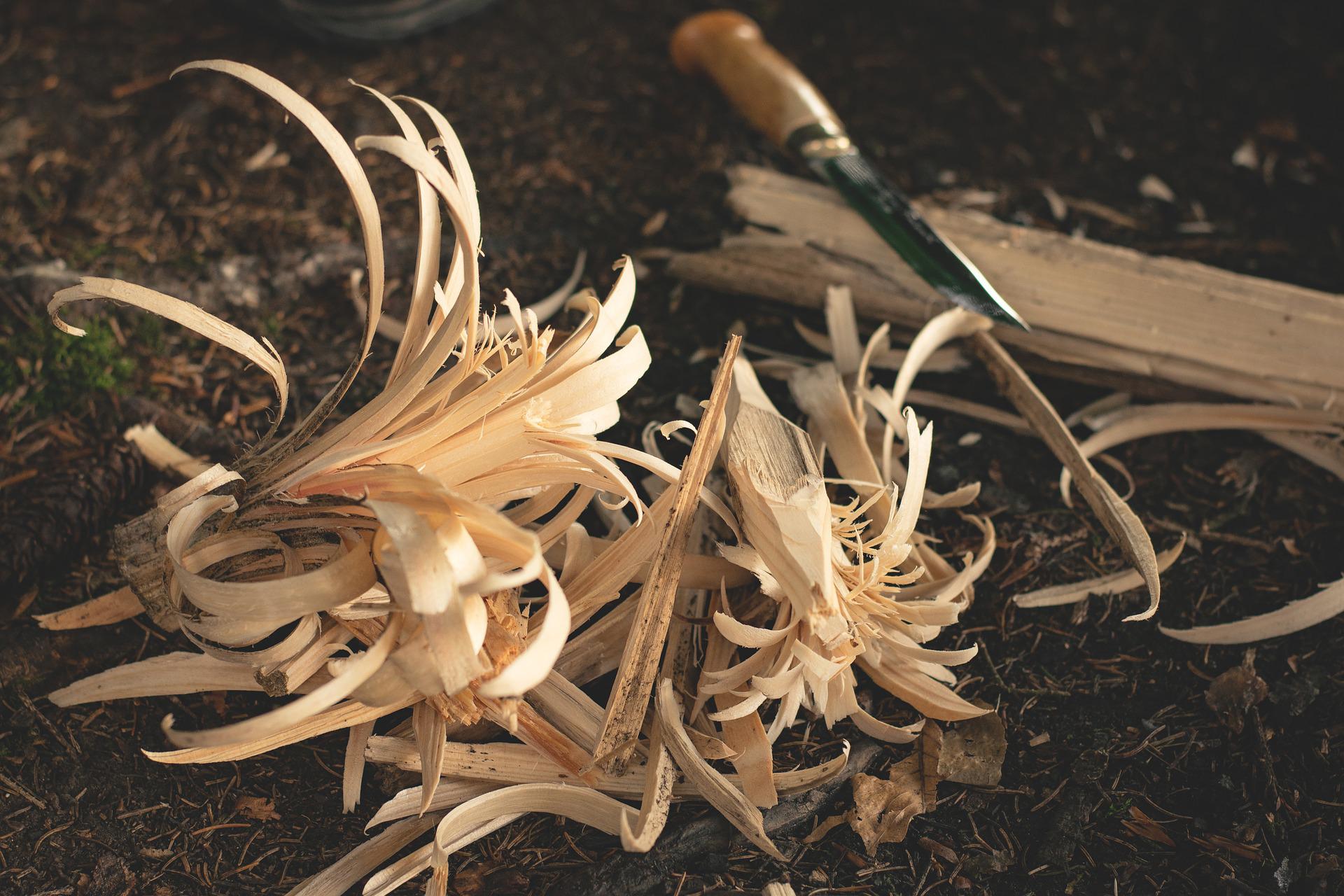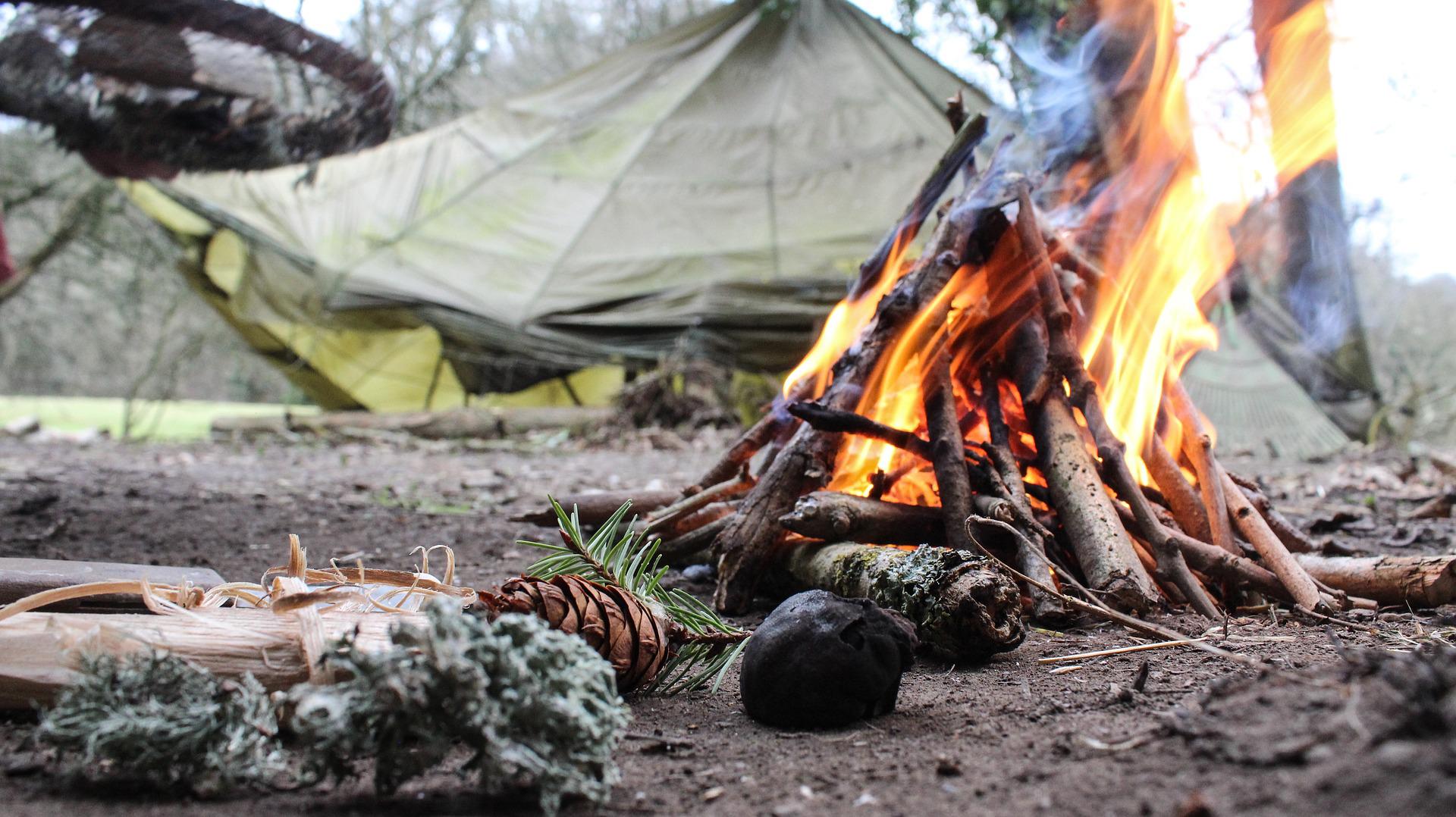Nothing is as intimidating as mother nature, with her beauty and danger constantly on display. The wilderness is a place of extremes and something that deserves respect and awareness from all hikers and campers. Even the most skilled survivalist may find themselves in a foreign environment where there are unknown factors to contend with. When that happens, shelter and fire are the most important things to focus on.
How to find and make a shelter.
Your shelter placement is vital because you must consider the possible dangers around you. The first thing to work on is getting good shade coverage and protection from the elements. You also want to keep a low profile around wild animals. If you place your shelter too close to a nearby water source or an area that animals frequent, you’ll be close to predators and other potentially dangerous creatures.
Here are some steps to take:
- If you are going to make a shelter, you want to do it without expending too much energy. Your energy levels are critical to your survival, and you want to conserve it as much as possible.
- If you have no tools, take that into account. And something small like a simple folding knife will have its limits. It’s mostly suited to more delicate tasks such as carving or notching the wood you’re using.
- If you are in a forest or a place with wood that is easy to work with, such as pine trees, white pine, or small trees, choose that for building materials. If you have dry or dead trees that are easy to break, that would be best to use for your shelter.
- If possible, build your shelter in an open area.
- After you have found the location, clear it out as much as possible and keep whatever sticks and other material you can find.
Example:
You may find a tree that has fallen and landed on the y-shaped branch of a stable tree. That would be a great blank slate for a simple A-frame shelter. It would be different if you were in another type of environment, such as the desert. In the desert, you’d look for rocks or bushes to make a shelter. The most important thing is to use the terrain to your advantage. Depending on the region, finding a cave might be possible, but check inside first for signs that it might be occupied. The last thing you want to do is disturb a bear, snake, or other dangerous creature.
How To signal For Help And Make a Fire.
Fire is an incredible resource and increases your chances of survival. Creating friction is the key to starting a fire with little to no tools. You can also create a fire plow, which uses friction similar to a fire drill.
Fire Drill
A fire drill is a good option. Using a fire drill is an incredible option for creating embers, although it takes a lot of time to master. Use a flat piece of wood similar to a plank and find a sturdy round stick. Start by placing the palms of your hands on each side of the rounded stick and spin from side to side until smoke starts billowing or embers become visible. Be sure to do the drilling on the edge of the plank if possible. Use the embers to set fire to your tinder.
Fire Plow
A Fire plow uses a scraping motion to create friction, but the principle is the same. Using a round stick with a rounded enough edge to scrape with is essential. Take a flat board and create a groove. Using a stick with a rounded point, scrape along the groove with your kindling bundled at the end. Keep a steady pace, going faster and faster until embers form to set your fuel alight.
Conclusion & Other Thoughts
Do not underestimate the value of practicing these skills, finding suitable environments, and knowing how to use the environment to your advantage. Survival isn’t always about just doing and hoping it works out; you need to build up the mindset for survival. Think about how confident you would be if you, at this moment, had to figure out how to survive with nothing but what is on your person. Experience will significantly increase your chances of survival should you find yourself in a jam.
Another thing to remember is to have an emergency kit at hand. What most people call a bug-out bag. This pack will contain everything you need for short-term survival in the event of an emergency. Or, if you plan on braving the wilderness through a hiking or camping trip, make sure you are adequately equipped and prepared. Never wander off alone, stay in known, safe areas, and always let someone know where you are going. Above all, stay alert, stay alive, and use your head.
Be a survivor.
This blog post was written by Baileigh Higgins, author of numerous apocalyptic works. You can check out her books on her website or on Amazon at:
References:
- https://www.nwtf.org/hunt/article/ten-outdoor-survival-tips
- https://www.tactical.com/survive-tropical-rainforests/






